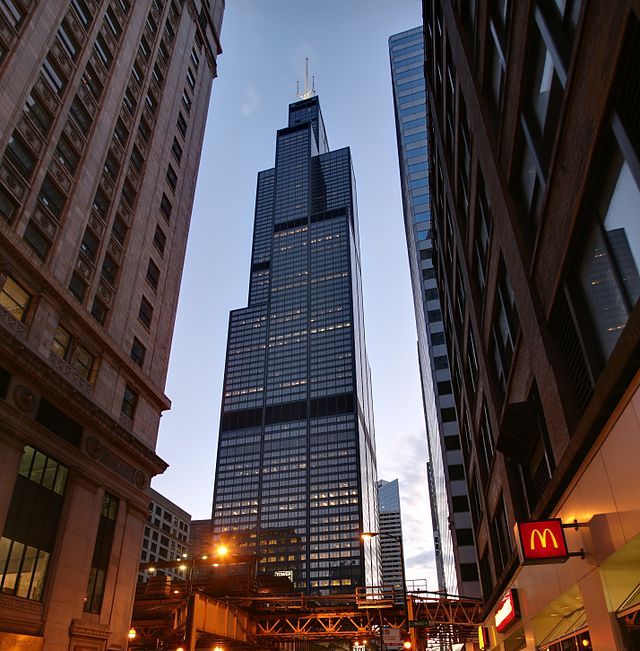In 1906 you could buy a Sears six-room house for less than $1,000.
Nemours, the huge house of Alfred I. Du Pont, the chemical millionare, in Delaware, was notable for its advanced machinery, which included giant compressors for his large-scale ice-freezing room, an amazing bottling room for soft drinks, and electric waterwheel to supply the gardens with running water, and vast furnaces to power a central heating (and air-conditioning) system which would have made English hostesses green with hopless envy. Moreover, Du Pont, an anxious and suspicious man, had two of each machine, so that the second could be switched on instantly in the unlikely event of the first conking out.
If we take the bathroom, there was, between 1870 and 1914, a complete transformation, in which America was often decades ahead of the rest of the world. The most important advances were: the development of the washdown, wash-out, and syphonic jet toilet and watercloset from 1875 on; the manufacture of elaborate porcelain (as opposed to iron) tub, toilet, and sink shapes by the Mort works around 1895-1900; the placing of bathrooms en suite to bedrooms, and multiple improvements in plumbing and sewerage systems. Labor-saving in kitchens, laundry, and house-cleaning were even more spectacular. By 1914 servants in the houses of the American rich had virtually ceased to be drudges, as they were to remain in Europe for at least another generation.
More important was the speed and effectiveness with which luxuries promoted by the wealthy were turned into necessities for everyone by the process of mass production and mass marketing, two operations in which America set new standards. The United States was the first to introduce voting democracy. Almost equally central to the ethos of the country was market democracy, in which ordinary people voted with their wallets and, in doing so, insured that they got what they wanted. Salesmanship, market research, advertising, the rapid response of production machinery to perceive customer requirements are in fact central to its democratic strength. The story of Sears, for instance, is a tale of how high-quality products, once the preserve of the rich, were humbled and distributed literally everywhere.

